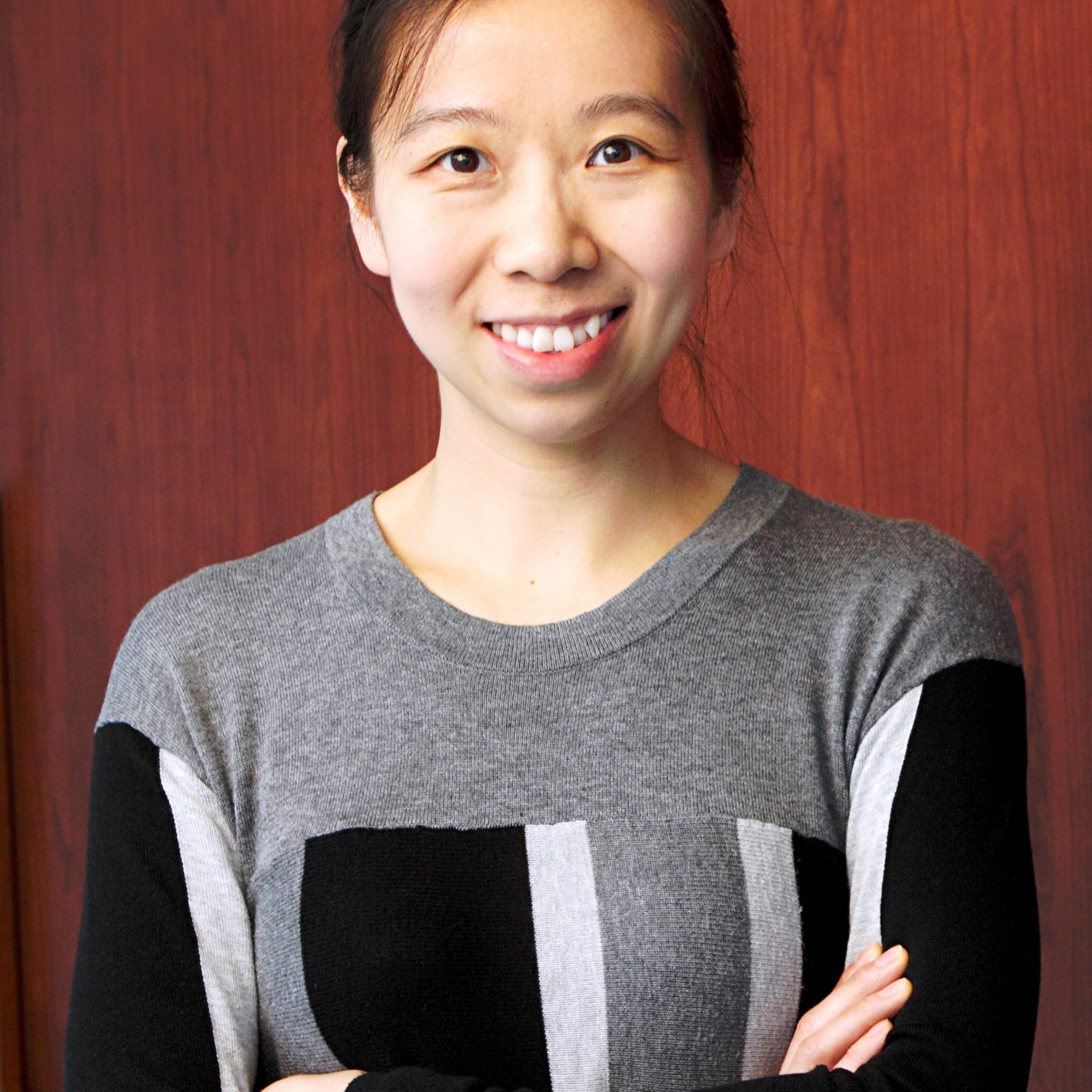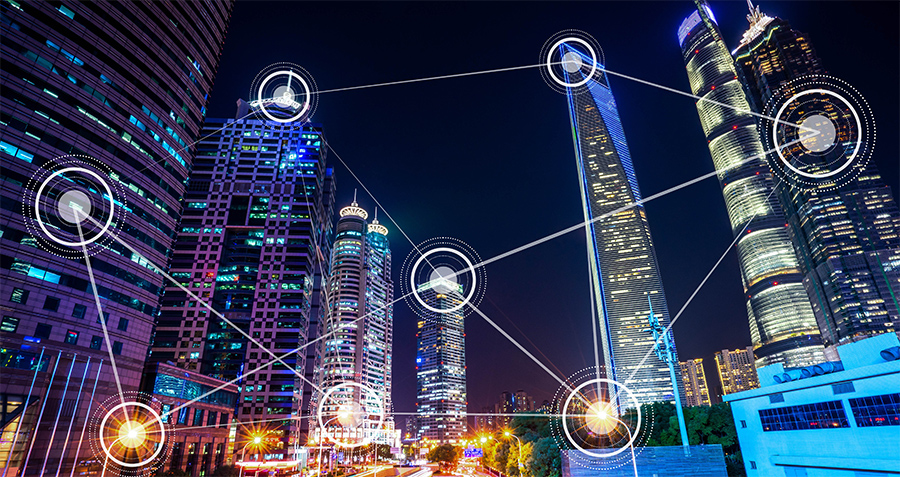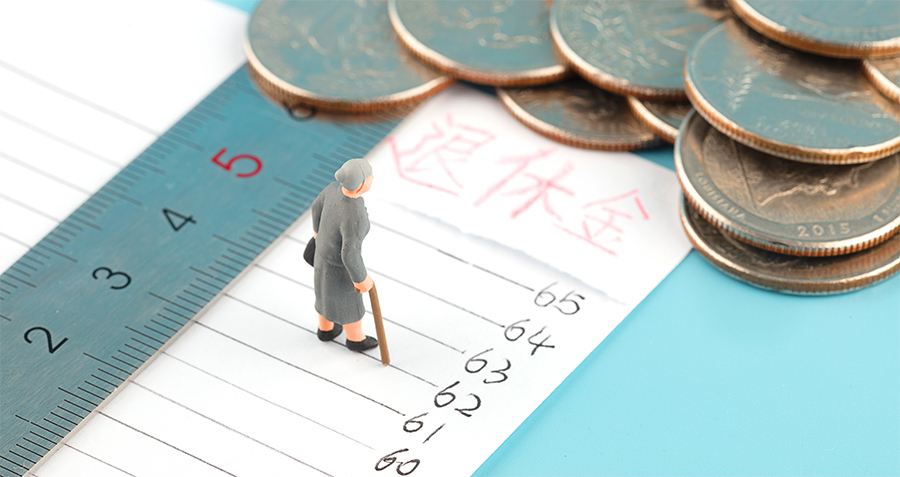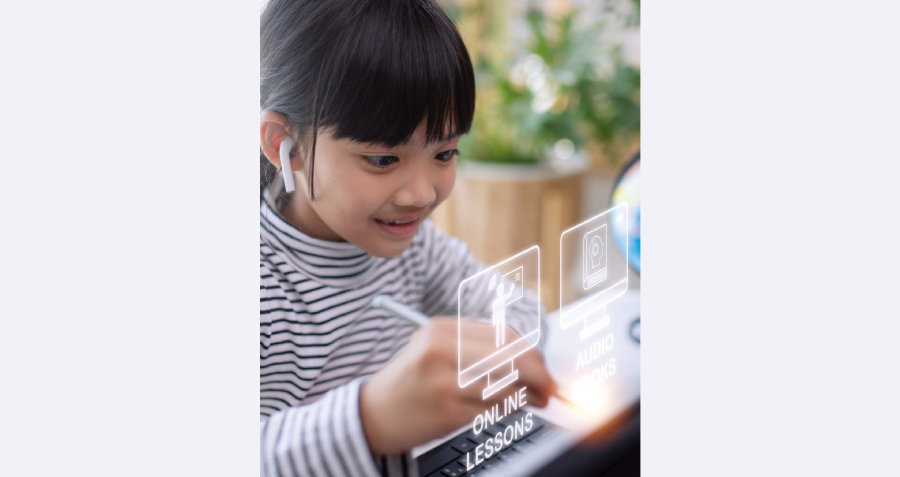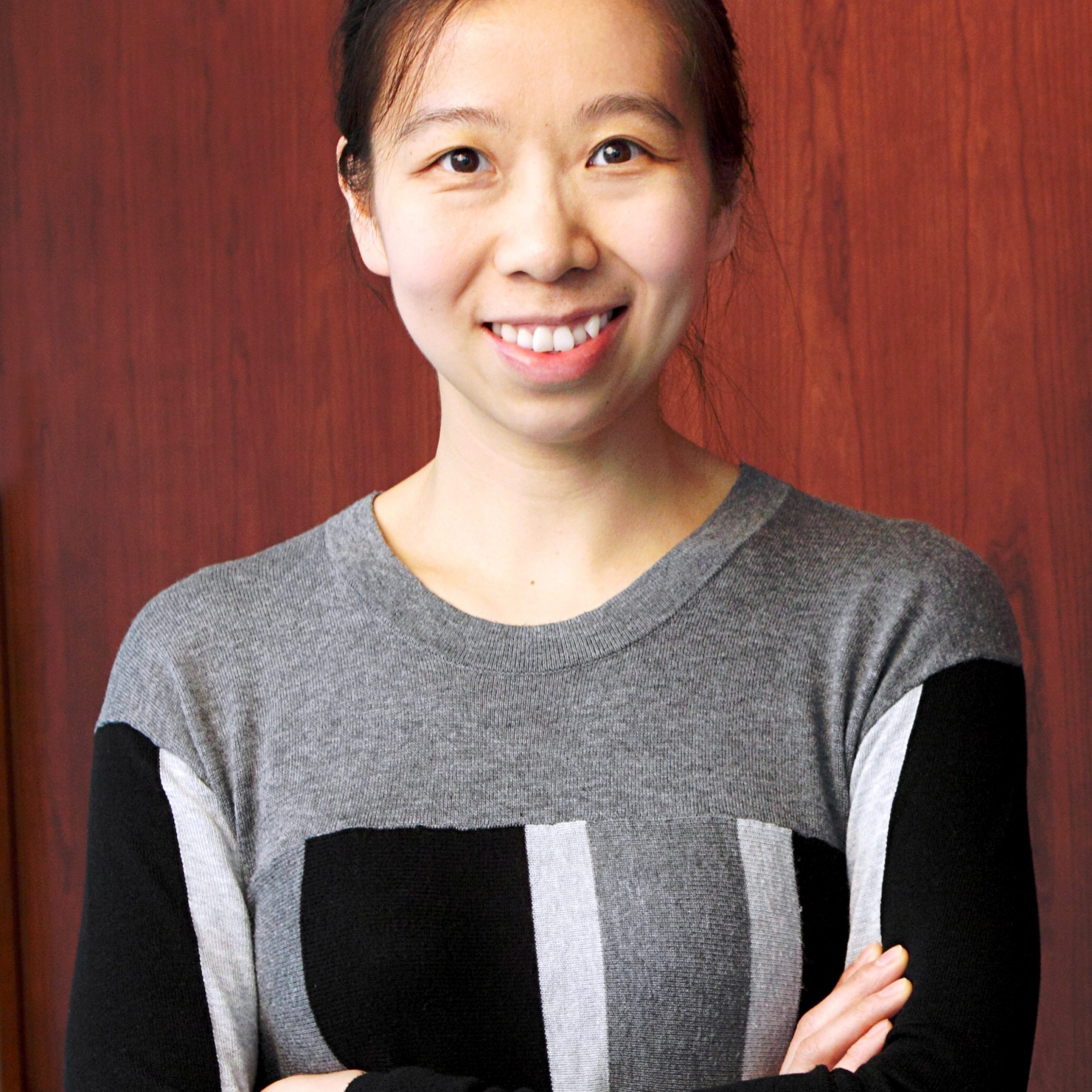
CKGSB Professor Juliet Zhu explains how environmental factors such as color, lighting and noise impact our creative thinking processes and productivity. Not all of it is intuitive.
Getting stuck while coming up with the punch line of your carefully orchestrated marketing plan? Try this: change the desktop image of your laptop to the blue sky and go and sit in a dimly lit coffee shop. The change in your environment combined with the chitchat and laughter in the background, the clatter of cups and the whirring of the coffee machine, will probably trigger your creative juices in no time.
This is not some empirical advice that you get from an anonymous blogger. In fact, all of these factors, color, lighting and noise, have been proved to have significant influences on how your brain actually works.
In the past few years, Juliet Zhu, Marketing Professor and co-Director of the Branding Center at CKGSB, along with her colleagues, has conducted a series of lab and semi-field experiments to the examine the relationship between personal environment and creativity. They have collected consistent and reliable results showing that various environmental cues impact people’s cognition and behaviors, even though the process happens in milliseconds and is very hard to notice.
In this interview, Zhu talks about her research and its real-life implications. Below are some of the elements you could manipulate to increase your productivity or trigger creativity (besides wearing a black turtleneck and jeans, to be more like Steve Jobs):
Watch the video below:
Sound: Striking the Right Notes
People normally think that if you want to focus on coming up with an idea, you (should) stay in a quiet room. But we found that noise is not necessarily bad. In fact, a moderate level of noise, around 70 to 80 decibel (dB) points, is actually facilitating in terms of creative thinking.
In one of our experiments, we recorded different types of noises in real life and superimposed a noise track. We placed that in a lab and told the participants that we were interested in understanding how people perform or think in a restaurant setup, and we were going to create some background noise that resembled a restaurant situation.
We manipulated the noise to be three levels–high (85dB), moderate (70dB) and low (50dB). Then we gave people a number of creative tasks that have been traditionally used to measure creativity. For example, we gave them a Remote Association Test (RAT) task, where the participants were given three or four words and then they had to come up with a fourth or fifth word that is somehow related to each one of these words. For example, the target word for “sixteen”, “heart” and “chocolate” would be “sweet”.
People in the moderate noise condition were able to generate more correct solutions compared to those in the really low or really high conditions. Background noise actually makes people feel a little distracted from their focal task. That distraction causes, what we call in psychology literature, a sense of ‘disfluency’.
When you’re 100% focused on the focal task, you’re so narrow-minded that you can’t think out of the box. But creativity is all about generating distant associations to the current stimulus and, therefore, generating novel insights. So this ‘disfluency’ created by noise allows you to temporarily move away from the present task and then you start to ‘mind wander’. You’re thinking, “Oh, what did I have for breakfast and how does that help me solve this current RAT task?” That is the basic process even though it is happening at a very fast and at an unconscious level.
We (also) had participants evaluate new products and then asked them how much they were likely to favor these products against more traditional products. We found that people in the moderately noise condition are more willing to try these new products.
Based on this research, somebody created this website called Coffitivity. You can download different noises from the site and presumably it will facilitate your creative task performance. It became one of the top-rated apps by The New York Times this year.
Color: Blue Sky Thinking
My approach to studying color comes from the psychological literature, where we found this discrepancy—some people suggest red versus blue color will enhance cognitive performance, while some others suggest exactly the opposite and say blue will be better.
We did a very extensive literature review and eventually came up with a moderator, or another factor that can determine when red or blue will be more helpful. We argue that, basically, if the task is more detail and accuracy-orientated, red will be more helpful, but if the focal task is more creative in nature, blue is better.
We ran more than 10 experiments, and in one of the studies we printed on paper 20 parts that are commonly used by designers to design toys, in either blue or red. We showed each to two groups of participants and asked them to draw a toy design for a three to five-year-old kid.
We took black and white pictures of their designs and showed them to three professional designers, who were asked to judge the creativity and originality of these designs. After analyzing the scores, we found that the designs that were produced in the blue color condition were rated as more creative compared to those created under the red color condition.
The reason is that the kind of associations people have with blue color are the ocean and the sky, so they are more likely to be in an approach mindset. This mindset can get people to be more open-minded and risk-taking, (helping) generate creative ideas.
On the other hand, red gets people to think about red light, blood, ambulance, emergency and stop signs—all these things are danger, mistake signs. When people think about these things, they tend to be in avoidance mode and therefore are more cautious and vigilant. As a result, you perform better on the detailed orientated tasks.
Temperature: Hot or Cold?
For simple tasks—tasks that people can easily solve but precision is important—cool temperature can be helpful; but, if the task is really complex, a moderately warm temperature will be helpful.
We argue that different temperatures will lead to different types of processing. There are usually two types of processing people engage in. One is cognitive processing, where you process information systemically, sequentially and you process each piece of information and analyze them to find the best solution; the other one we engage in is called affective processing—we don’t process all the pieces of information, we go with our gut feelings and intuition when making decisions.
A higher temperature usually activates affective processing because heat depletes resources, or the amount of cognitive energy one has, so you only process a subset of information and you go with your gut feeling. Therefore, if you’re presented a simple task, you’re likely to make mistakes in a warm temperature. However, when we move onto complex tasks, because our working memory is limited, if you are in a cool temperature and use cognitive processing, you won’t be able to finish processing all the pieces of information in a limited amount of time, so your performance is inevitably going to decrease as the (amount) of information increases. But if you use affective processing, the quality of your decisions actually doesn’t decrease as the amount of information increases. So relatively speaking, when the task is complex, affective processing can lead to better evaluation.
We asked people to choose one out of four cars. There’s one correct answer, meaning that this is the one that has the best quality out of the four. And we manipulated the complexity of the task by varying how many attributes we present people. So, in the simple task scenario, we gave people only four attributes for each of the four cars: there were 16 pieces of information that they had to process; in the complex task scenario, we gave people eight attributes for each car model, so altogether they had to process 32 pieces of information. In the end, we measured the percentage of people who were able to choose the correct answer. We found that when the task becomes complex, warm temperature leads to better performance. But when the task is simple, cool temperature leads to better performance.
Lighting: Bright vs. Dim
If you think intuitively, in what condition would you actually be more creative—bright room or a dim room? People always say bright room but what we found is quite opposite.
The paper is still under review at the Journal of Consumer Research. In one of the experiments, we separated people into a dark room and a bright room. And we presented each group with two print ads for a camera of a fictitious brand. In one ad, the images were very clearly related to the camera— there was a camera case, a zoom lens and a remote control. It doesn’t require much creativity to be able to understand this ad. In the other ad, the images were different—we had a road sign, a hotel bedroom, a car key and a globe. All these things are seemingly unrelated to the focal product but if you think more abstractly, you will be able to decipher the theme of this ad, which is travel. And that is actually very closely related to the focal product—camera.
What we hypothesized was that people in the dark room should be able to decipher this second ad more easily and therefore appreciated this ad more. That’s exactly what we found.
The logic behind this is what we call a ‘disinhibition’. People normally control their behavior, it’s just the way we are taught to do. In an office environment, we always regulate our behaviour—how to sit, how to talk, etc. When the room is well lit, you feel like every single part of your body can be observed and judged by others, so you regulate yourself more. But, in a dim room, where you feel that other people can’t see you clearly, your guard becomes a little down and you feel that you don’t have to control yourself rigorously. So this physical freedom, or physical ‘disinhibition’, also influences your mental ‘disinhibition’ and you will be more open to new things and be able to come up with new distant associations—all these are the antecedents of creativity.
Space: Seating and Clutter
People always attach meanings to different shapes—something round means harmony and smooth; something angular means hard edges and confrontation. So we borrowed that idea into a more business or consumer context and we argued that the shapes of the seating arrangement affect people’s cognition or the way people behave in groups.
We had some participants sit either in a circle, and others in an angular shape such as an L shape. We found that people in the circular shape are more likely to conform to the majority. For example, if we tell them that this product has been endorsed by 80% of the consumers, they’re going to like it more than if we tell them that the product has been endorsed by 20% of the consumers. But an angular shape works in a very different way. When people are (sitting) in an angular shape, the need to be unique is actually the underlying process driving the fact that people in this condition are actually more interested in minority options. So if we tell them that the product has been endorsed by 20% of the consumers, they tend to show more interest toward that product.
Another study of mine, just accepted by the Journal of Consumer Research, is (about) clutter. Our theory is when the environment is really cluttered, it threatens a person’s sense of self-control. Everybody has a need to control, but the environmental disorganization can actually deplete your resources. When you are resource-depleted, you are very unlikely to resist the temptation of that piece of chocolate sitting next to you because self-regulation always requires resources.
We put participants into two identical rooms, but one was organized and other was disorganized. We gave them a puzzle—they had to use a pen to trace all the elements of the figure without repeating any segment of it and without lifting the pen. The puzzle was actually unsolvable. We observed how long they persisted before giving up.
We found that those in the cluttered room are likely to quit much quicker, and those in the organized condition are more likely to self-regulate and persist longer. We also gave them some M&M chocolates. We said, “These are from a company, we want to ask for your evaluations so feel free to try them throughout the study.” People in the disorganized condition ate more compared to those in the organized condition.




